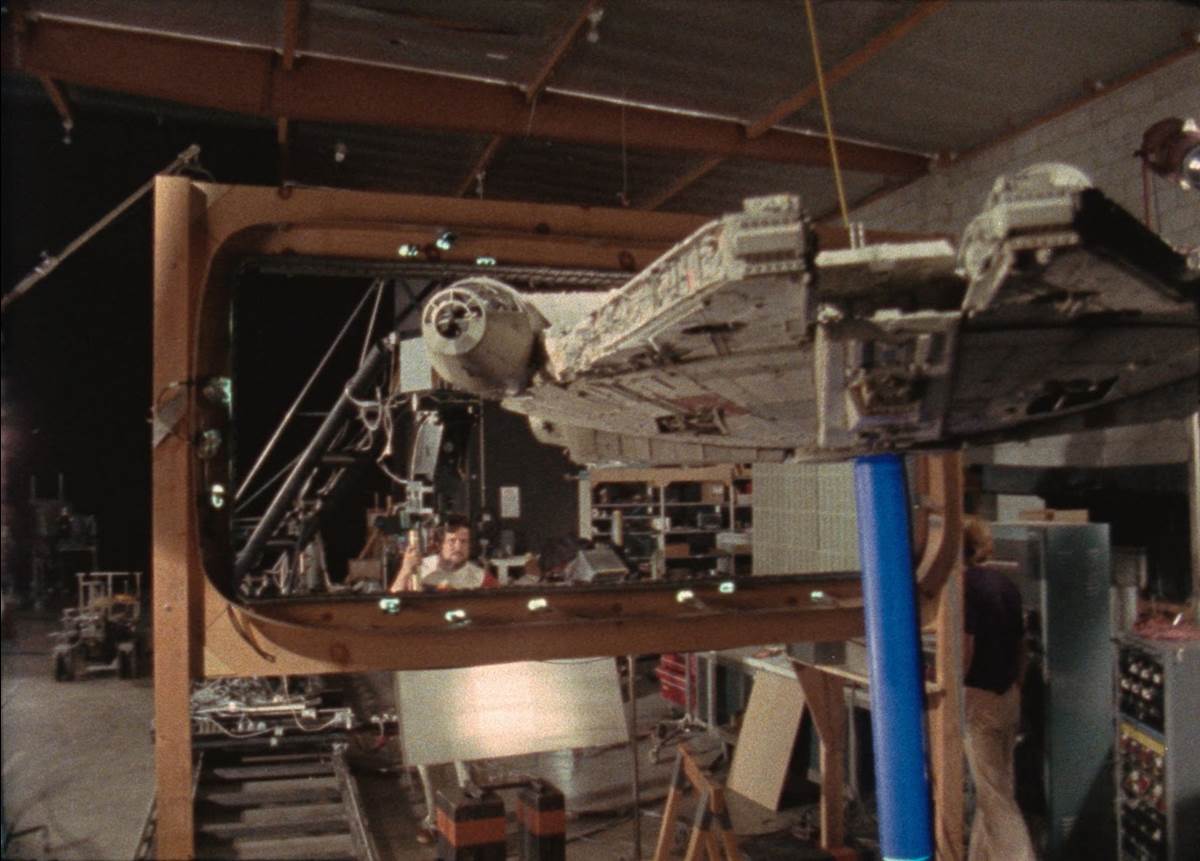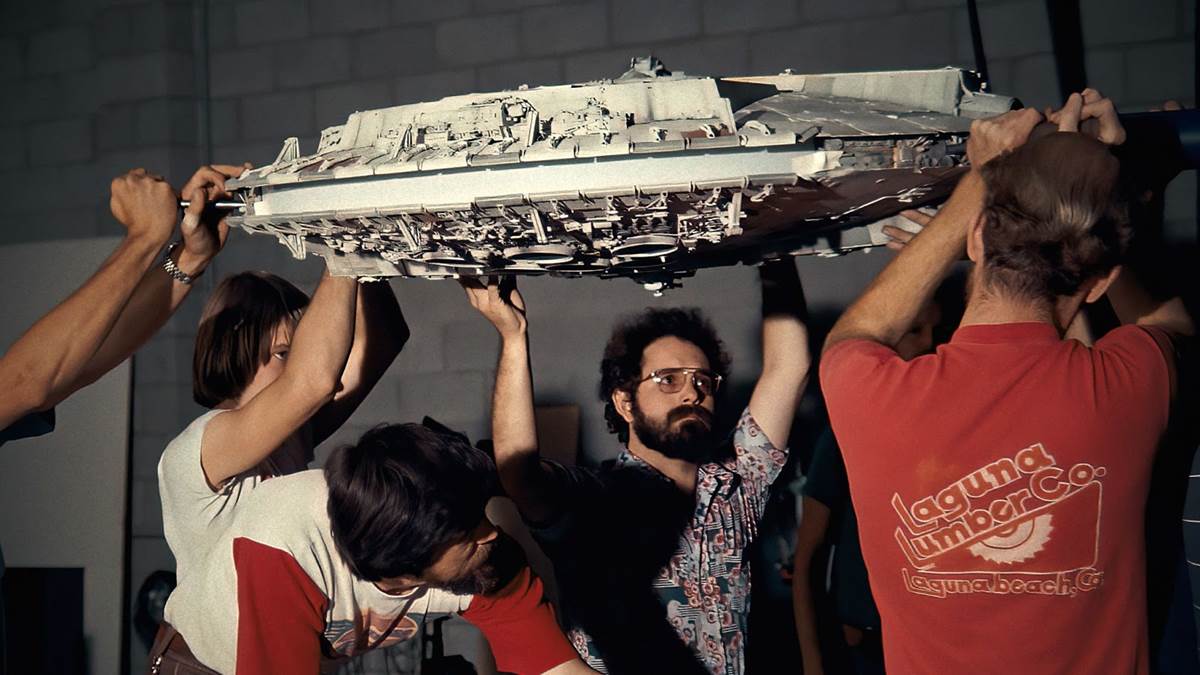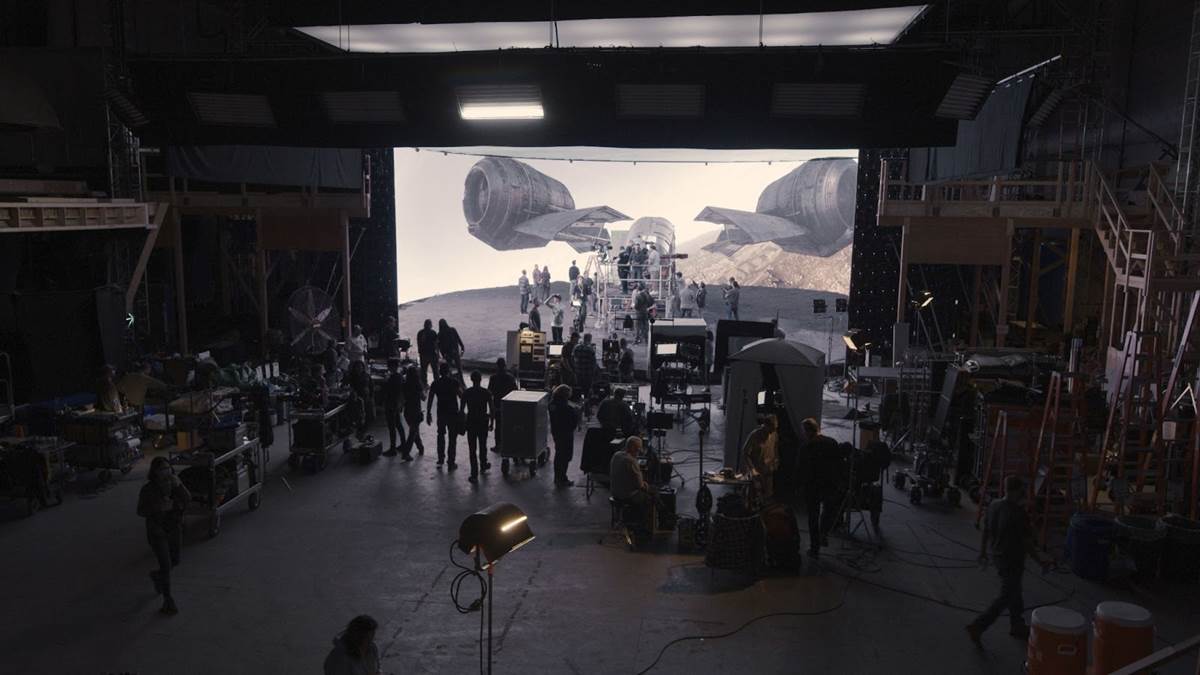Q&A: Director Lawrence Kasdan Discusses His New Disney+ ILM Documentary Series “Light & Magic”
Hollywood legend Lawrence Kasdan is best known as the acclaimed screenwriter behind Raiders of the Lost Ark, co-writer of The Empire Strikes Back and Star Wars: The Force Awakens, and accomplished director of hits like The Big Chill, Silverado, and Body Heat. But now he’s created his first long-form documentary with the Disney+ docuseries Light & Magic, which chronicles the history of Lucasfilm’s renown in-house visual effects department, Industrial Light & Magic.
This week I had the pleasure of participating in a press conference with director Lawrence Kasdan to discuss how Light & Magic came to be and why he sought to document the story behind the visual effects movement that George Lucas started back in the mid-1970s.
I was fortunate enough to ask the first question of Mr. Kasdan during the press conference, and I wanted to know what the experience of creating his first documentary was like, after a long and storied career of making narrative films. “I had made a little documentary just before this with my wife about a diner that we used to eat at that was closing," replied Kasdan, referencing the 2019 short documentary Last Week at Ed’s. “When we made that documentary, I loved it. I loved making it, shooting it, cutting it. I loved everything about it and I started meeting documentary people. I met the people at Imagine [Entertainment] and they said, ‘What would you like to do?’ And I said, ‘Well, what about the history of visual effects?’ And they said, ‘We have a relationship with Disney and Lucasfilm. What about that?’ And I said, ‘That’s where I grew up. I’ve been around ILM for all these years. That’s perfect.’ And I wanted it to be about the people, not the technology. That’s what I hope the show is about. I was so amazed by this collection of geniuses and I wanted to make a show about that."
Another reporter asked Lawrence Kasdan about his research and editing process for this production. “It was fantastic, because Lucasfilm is probably the best archived, best documented enterprise in movies. George [Lucas], right from the beginning, wanted [to preserve] behind-the-scenes [materials]. He kept all the paintings, he kept all the drawings, he kept all the set design. So when we went in [there], it was richer than any of us thought. And they gave us access to things that have never been seen in the world. What it gives you, over the course of the six hours, there are several occasions where you’ll hear them trying to figure out an effect, and we actually have them in the room trying to figure out the effect. That’s kind of astounding, and that kind of thing happened a lot, and I find that very emotional and stirring. I like that part of it."
“One of the things I wanted to focus on [was the leadership aspect of ILM]," said Kasdan in response to another question. “I have grandchildren now, and I want them to look at these shows and say, ‘if I want to create something, it’s possible.’ What are the elements [needed to create something]? You have to have the will, and then you have to figure out, ‘What are the means?’ These people [at ILM] started when they were ten years old [or] twelve years old. The effects you see at the beginning with [their home movies] are astounding. How did they do that? So I wanted it to be about what inspires that. To some degree, it was George, because he put together this group of eccentric geniuses. They came from all walks of life. They weren’t movie people, and yet they all engaged in this enterprise. For 40 years, they’ve been helping directors achieve what’s in their head, and sometimes it’s not even in their head. Sometimes a director will say, ‘I want something like this. Whaddya got?’ And these people won’t go into the closet and pull something out. They will say, ‘We’re going to create something just for this shot.’"
“When I went into [this project], I had a hope," continued Kasdan. “And my hope was, I suspected that the emotional atmosphere at ILM for 40 years was unique– that there was a kind of cooperation among these geniuses that was astounding. Yes, they were competitive, and yes, they worked hard, and yes, they competed with their ideas. But they basically would turn to their friends, their compadres, their colleagues, and say, ‘How are we going to do this? How do we solve this problem? This is the problem of the day.’ And coming up with that in a community in which people care about each other– I found that to be the most attractive part of the whole thing. I went into it looking for the soul of the company. The people who came there had a passion for this, and they stayed with it for years and years. That’s what the place is like: it’s about enormous passion for solving these problems, and for creating new frontiers. Because that’s really what they do."
Light & Magic is now available to stream in its entirety, exclusively on Disney+.



